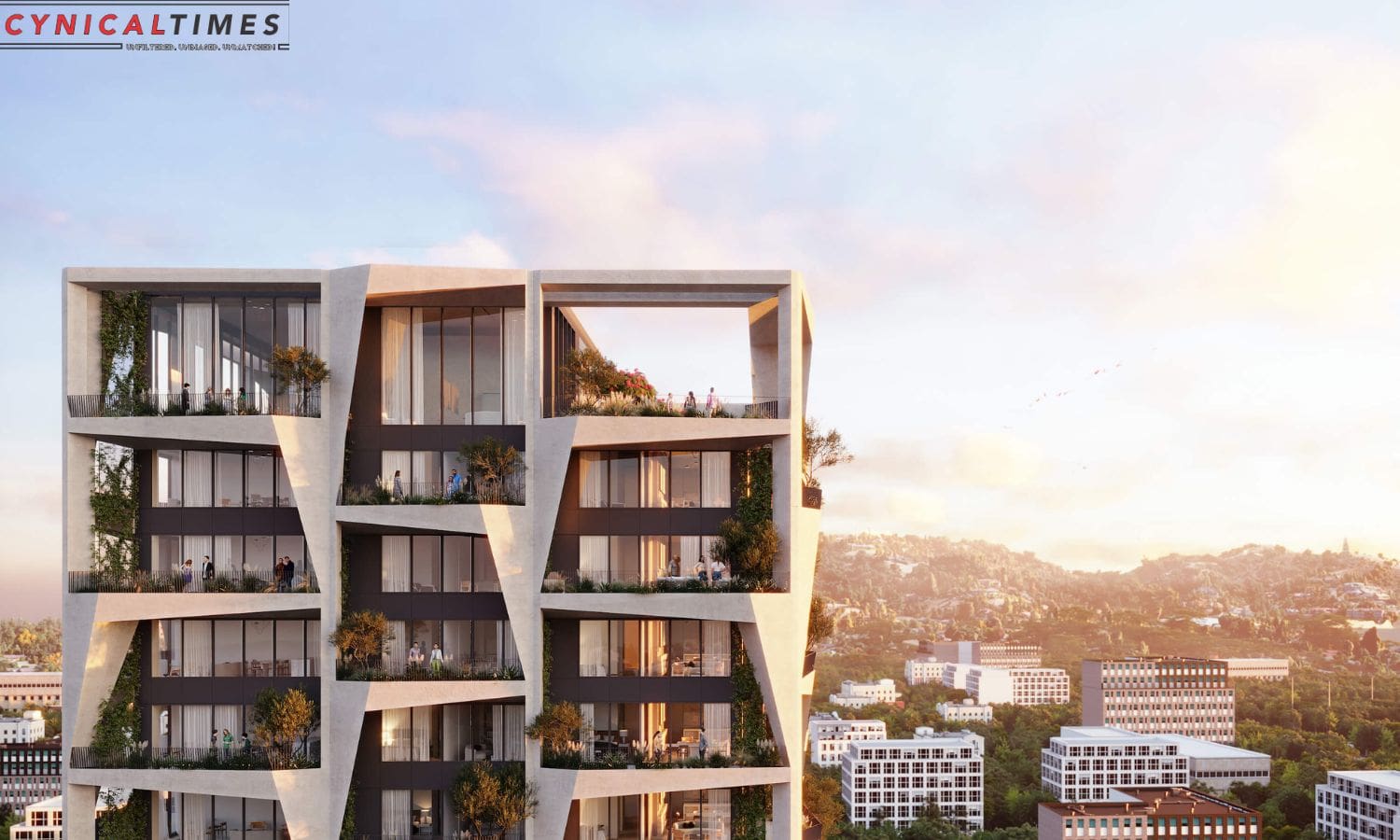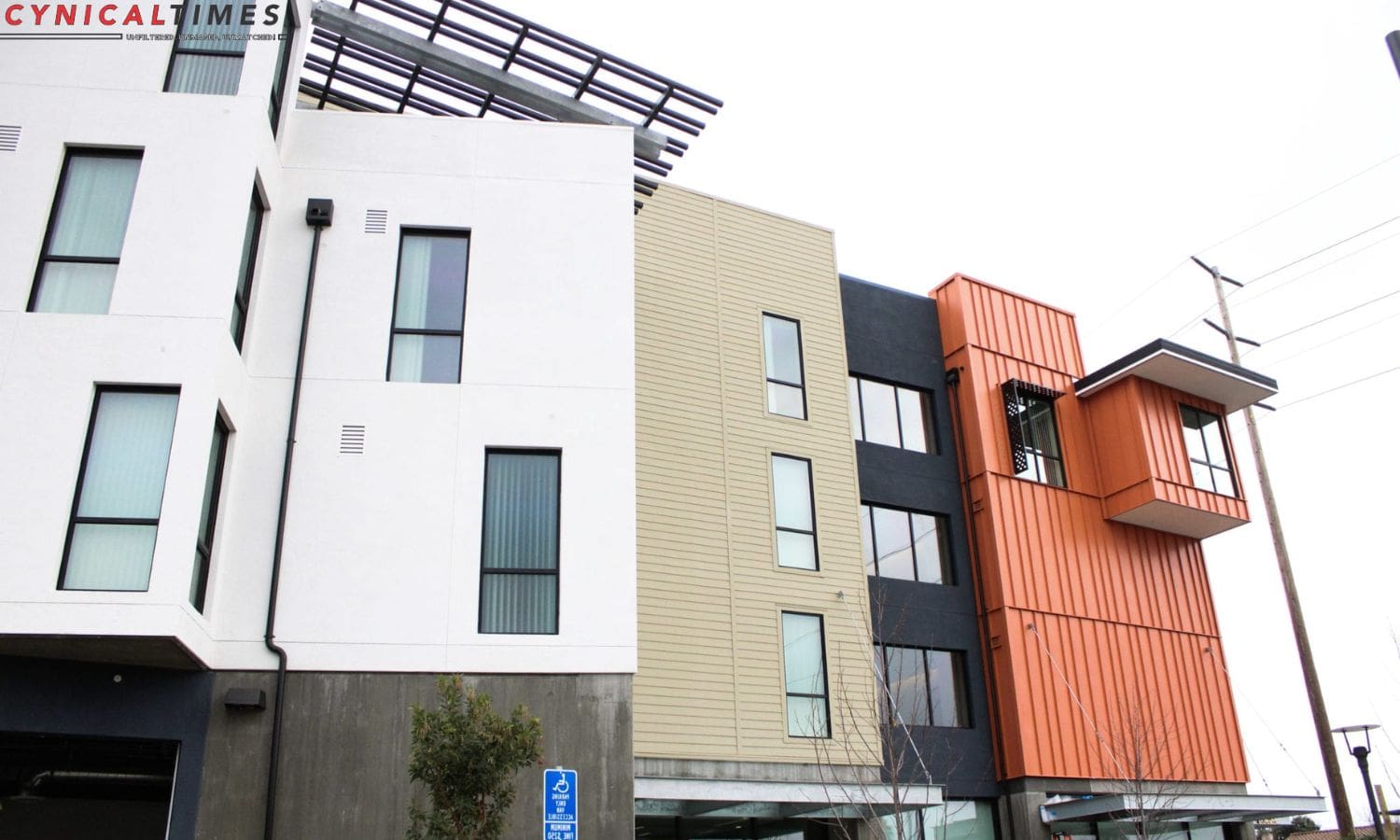San Jose Innovative Affordable Housing: San Jose, known for its vibrant urban landscape, has taken an innovative approach to address the housing crisis and gentrification that plagues many cities.
Through the development of La Avenida, San Jose’s first cultural district, the city has showcased a community-centered approach to affordable housing.
This article explores the phases of La Avenida, its support for local businesses, and the potential replication of its model, positioning it as a promising solution for community-oriented urban development.
Key Takeaways Of San Jose Innovative Affordable Housing
- San Jose’s approach to affordable housing and gentrification is innovative and serves as an example for other neighborhoods facing similar challenges.
- The creation of La Avenida, San Jose’s first cultural district, aims to reclaim the Mayfair area and preserve cultural heritage while supporting local artists and businesses.
- The community-centered approach of La Avenida prioritizes the needs of residents and involves collaboration between leaders, residents, officials, and nonprofits.
- La Avenida’s model of supporting local businesses and fostering community engagement has garnered recognition and interest for replication, with the potential to address the housing crisis while preserving cultural heritage.


Addressing the Housing Crisis and Gentrification in Mayfair
In response to the housing crisis and gentrification in Mayfair, San Jose has implemented an innovative approach to affordable housing, serving as a model for community-oriented urban development.
The Mayfair neighborhood, like many others in California, has been grappling with skyrocketing housing costs and the displacement of long-time residents due to gentrification. Recognizing the need to address these pressing issues, community organizers in Mayfair have embarked on a mission to create a cultural district centered around the Mexican Heritage Plaza, or ‘La Plaza.’
This ambitious plan aims to not only preserve the cultural heritage of the neighborhood but also incorporate affordable housing options to combat gentrification. By focusing on community-oriented urban development, San Jose’s approach is setting an example for other Bay Area neighborhoods facing similar challenges.
Through this innovative model, Mayfair can become a vibrant, inclusive, and sustainable community for all its residents.
Initiating San Jose’s First Cultural District, La Avenida
To initiate San Jose’s first cultural district, La Avenida, a comprehensive plan has been implemented. La Avenida aims to reclaim the Mayfair area, which has faced challenges such as poverty, displacement, and the threat of gentrification. The Mexican Heritage Plaza’s leaders are collaborating with residents, government officials, and nonprofits to create a vibrant and inclusive community space.
The project is currently in its initial phase and requires $30 million in funding, with $5 million still needed. La Avenida will celebrate the rich cultural history of Mayfair and provide a platform for local artists, businesses, and community organizations to thrive.


The Community-Centered Approach and Phases of La Avenida
The community-centered approach and phases of La Avenida highlight the collaborative efforts of local residents, government officials, and nonprofits in creating a vibrant and inclusive cultural district in San Jose. This approach is characterized by a focus on addressing community needs and promoting local involvement.
The following are the phases of La Avenida:
- La Placita: This phase aims to address community needs by providing essential services and spaces. It includes a locally-run café, a black-box theater for local artists, and a family wellness clinic managed by Gardner Health. These facilities contribute to the overall well-being and cultural vibrancy of the community.
- Affordable Housing: The second phase involves the construction of affordable housing for 100 families near La Plaza. This expansion builds on the success of the existing Quetzal Gardens development. It aligns with a potential anti-displacement policy, prioritizing local tenants in new units and ensuring that the community remains diverse and inclusive.
- Cultural Preservation: Another important aspect of the community-centered approach is the preservation of the neighborhood’s cultural heritage. Efforts are being made to promote and celebrate the rich history and traditions of the community, ensuring that they are not lost in the process of urban development.
Through these phases, La Avenida demonstrates a holistic and thoughtful approach to urban development, placing the needs and aspirations of the community at the forefront. By creating a thriving cultural district that addresses housing, services, and cultural preservation, San Jose sets a model for community-oriented urban development.

La Avenida’s Support for Local Businesses and Community Engagement
With its community-centered approach, La Avenida in San Jose fosters local businesses and promotes engagement among residents.
The project incorporates retail and office spaces that specifically support immigrant and women-owned enterprises, recognizing the importance of empowering these communities.
By providing spaces for these businesses to thrive, La Avenida not only contributes to the local economy but also creates a sense of belonging and pride among residents.
The inclusive design process of the project has garnered support from the neighborhood, further strengthening community engagement.
La Avenida serves as a model for how urban development can support and uplift local businesses, while also fostering a strong sense of community.
This approach not only ensures economic sustainability but also promotes a vibrant and inclusive neighborhood for all residents.
Recognition and Potential Replication of La Avenida’s Model
La Avenida’s innovative approach to affordable housing and community-oriented urban development has garnered recognition and sparked interest in replicating its model. Its success has not gone unnoticed, and other organizations in the Bay Area are keen to adopt similar strategies in their own housing projects.
Here are three reasons why La Avenida’s model is being recognized and considered for replication:
- Community Engagement: La Avenida’s emphasis on community input and involvement has proven to be a powerful tool in creating a sense of ownership and belonging among residents. This approach fosters a stronger social fabric and promotes sustainable development.
- Cultural Sensitivity: By incorporating and celebrating the cultural heritage of the community, La Avenida has created a unique and vibrant living environment. This cultural sensitivity not only preserves traditions but also enhances the overall quality of life for residents.
- Neighborhood Revitalization: La Avenida’s model has not only provided affordable housing but has also revitalized the surrounding neighborhood. Through the creation of commercial spaces and support for local businesses, La Avenida has stimulated economic growth and improved the overall livability of the area.
The recognition and interest in replicating La Avenida’s model demonstrate its potential to address the housing crisis while fostering community connections and preserving cultural heritage.


Conclusion Of San Jose Innovative Affordable Housing
In conclusion, San Jose’s innovative approach to affordable housing through the development of La Avenida Cultural District has successfully addressed the housing crisis and gentrification in the Mayfair neighborhood.
The community-centered approach and phased development have allowed for the support of local businesses and increased community engagement.
The recognition and potential replication of La Avenida’s model highlight its effectiveness in creating a sustainable and inclusive urban environment.
This serves as a valuable example for other cities facing similar challenges in affordable housing and community-oriented development.
Our Reader’s Queries
Are they building affordable housing in San Jose?
According to city documents, a massive housing development in San Jose is set to consist entirely of affordable apartments. The project is expected to provide much-needed housing options for those in the area. The development is a promising step towards addressing the ongoing housing crisis in the region.
How many affordable housing units are in San Jose?
The current stock of affordable housing units is divided into three categories: extremely low-income, very low-income, and total units. There are 2,832 units available for extremely low-income households, 9,252 units for very low-income households, and a total of 19,282 units.
What is the inclusionary housing ordinance in San Jose?
Residential developers must comply with the IHO’s mandate to allocate 15% of their newly constructed, modified, or additional For-Sale or Rental units to income-eligible buyers/renters. This requirement applies to on-site housing, with the base obligation being the provision of 15% of Inclusionary Units on-site.
How to get affordable housing in Bay Area?
To secure affordable housing, reach out to non-profit housing organizations and explore available options through 2-1-1 or www.achousingchoices.org. Once you find a property with openings, simply visit the website or give them a call to request an application or to be added to the waitlist. Make sure to complete and submit your application before the deadline to increase your chances of success.

